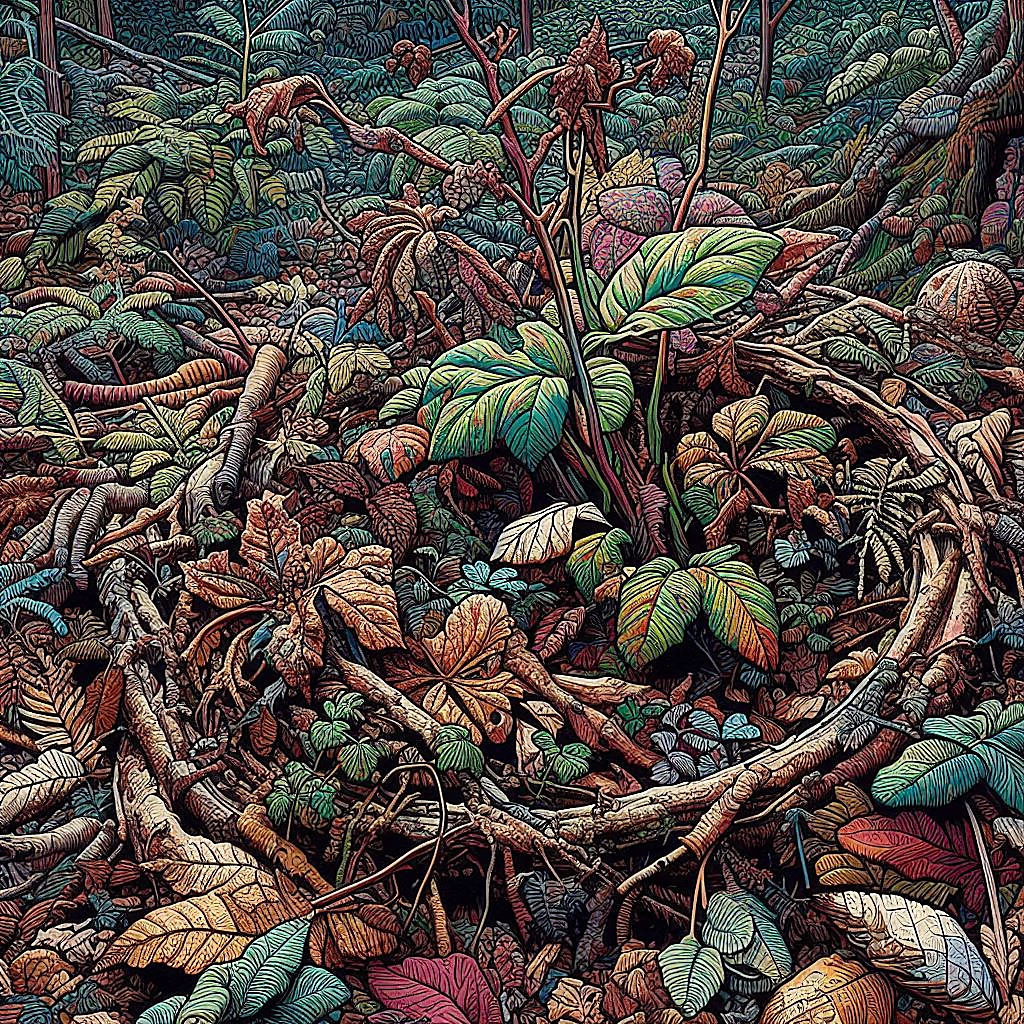/barbˈɛra/
- Barber a Raspo
- Barbera a Peduncolo
- Barbera Amaro
- Barbera Crna
- Barbera Forte
- Barbera Mercantile
- Barbera Nera
- Barbera Nostrana
- Barbera Riccia
- Barbera Rissa
- Barbera Rosa
- Barbera Vera
- Barberone
- Barbexinis
- Besgano
- Cosses Barbusen
- Gaietto
- Lombardesca
- Sciaa
- Pignatello
- Ughetta
Red
One of Italy’s top five most cultivated grapes and the third most planted red variety, Barbera stands distinguished by its deep purple hue, the darkest among Piedmont grapes.
This vigorous and resilient grape displays exceptional drought resistance, often yielding abundant harvests. Notably, Giacomo Bologna pioneered the use of new oak barriques to craft high-quality Barbera wines.
However, Barbera’s history also includes its involvement in the methanol scandal of 1986.
Frequently confused with other varieties such as Barbera Del Sannio (Campania), Barbera Sarda (Sardegna), Barberùn (Piemonte), Mammolo, Neretto Duro, and Perricone (Sicilia).
All regions of Italy
California, Arizona, New Mexico, Oregon, Texas, Washington, USA
Greece
Croatia
Romania
Slovenia
Mexico
Brazil
Chile
Argentina
Uruguay
South Africa
Australia
Map of historic hometown
- Nizza DOCG
- Barbera d’Asti DOCG
- Barbera del Monferrato Superiore DOCG
- Colli Bolognesi DOC
- Colli d’Imola DOC
- Botticino DOC
- Casteggio DOC
- Cellatica DOC
- San Colombano al Lambro DOC
- Alba DOC
- Rosso di Cerignola DOC
- Barbera d’Alba DOC
- Barbera del Monferrato DOC
- Canavese DOC
- Gabiano DOC
- Rubino di Cantavenna DOC
- Bonarda dell’Oltrepò Pavese DOC
- Buttafuoco dell’Oltrepò Pavese DOC
- Riviera del Garda Classico DOC
- Sangue di Giuda dell’Oltrepò Pavese DOC
Traditionally, Barbera wines are characterized by their vibrant fruitiness, elevated acidity, and deep purple hues that remain pronounced even with aging. They boast a distinct aroma of red fruits, under-bush, and subtle spices, culminating in a notably dry finish.
Thanks to its high acidity, Barbera is exceptionally versatile with food pairings.
The renowned Barbera d’Alba DOC epitomizes a fuller-bodied, richer, and velvety expression, whereas Lombardy‘s Oltrepo Pavese region crafts a fresher and more vinous style. Wines from Emilia Romagna tend to exhibit a slightly coarser profile in comparison.
Visual Flavour Profiles:







